1. Green Roofs and Urban Canopies
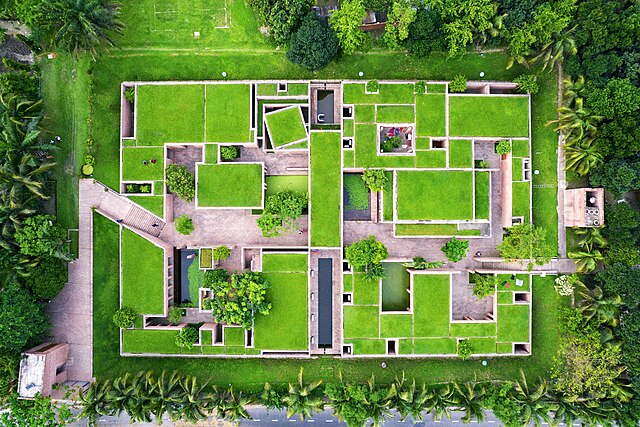
Cities are increasingly adopting green roofs and urban canopies to combat rising temperatures and manage stormwater. These installations not only provide insulation but also reduce the urban heat island effect, making cities more resilient to heatwaves. Green roofs absorb rainwater, reducing the risk of flooding during heavy storms. Urban canopies, on the other hand, offer shade and improve air quality, creating a more comfortable environment for residents. Additionally, they enhance the aesthetic appeal of urban landscapes, making cities more livable.
Experts highlight that these solutions are particularly effective in densely populated areas where space is limited. By integrating vegetation into urban design, cities can mitigate the impacts of climate change while enhancing biodiversity. Green roofs also provide habitats for pollinators, contributing to ecological balance. As cities face more frequent and intense weather events, these innovations are becoming essential components of disaster-ready urban planning. Moreover, they encourage community engagement by creating green spaces for recreation and relaxation.
2. Flood-Resilient Infrastructure

With the increasing frequency of floods, cities are redesigning infrastructure to withstand extreme weather. Elevated buildings, permeable pavements, and flood barriers are now common features in flood-prone areas. These measures help divert water away from critical structures and reduce damage during heavy rainfall. Permeable pavements, for instance, allow water to seep through, preventing surface runoff and reducing flood risks. They also help recharge groundwater levels, supporting long-term water sustainability.
Urban planners are also incorporating natural solutions like wetlands and retention ponds to manage excess water. These features not only absorb floodwaters but also provide recreational spaces for communities. Experts emphasize that flood-resilient infrastructure must be integrated into long-term urban planning to ensure sustainability. By prioritizing these designs, cities can better protect residents and property from the devastating effects of flooding. Additionally, these measures can enhance the overall resilience of urban ecosystems, making them more adaptable to future challenges.
3. Energy-Efficient Buildings
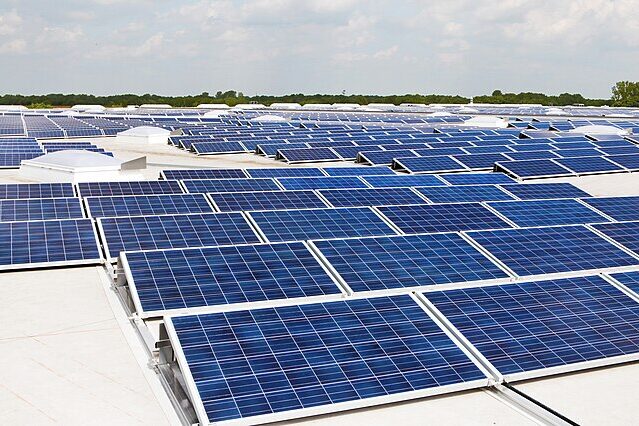
As climate change drives energy demands higher, cities are focusing on energy-efficient building designs. Features like solar panels, smart thermostats, and advanced insulation are becoming standard in new constructions. These technologies reduce energy consumption, lower utility bills, and decrease greenhouse gas emissions. Energy-efficient buildings also perform better during power outages, providing a safer environment during disasters. They contribute to a city’s overall sustainability goals, reducing its carbon footprint.
Experts stress that retrofitting existing buildings with energy-saving features is equally important. This approach ensures that older structures can withstand extreme weather and contribute to overall urban resilience. By adopting energy-efficient designs, cities can reduce their carbon footprint while preparing for the challenges of a changing climate. Furthermore, these upgrades can increase property values and attract environmentally conscious residents and businesses.
4. Smart Water Management Systems
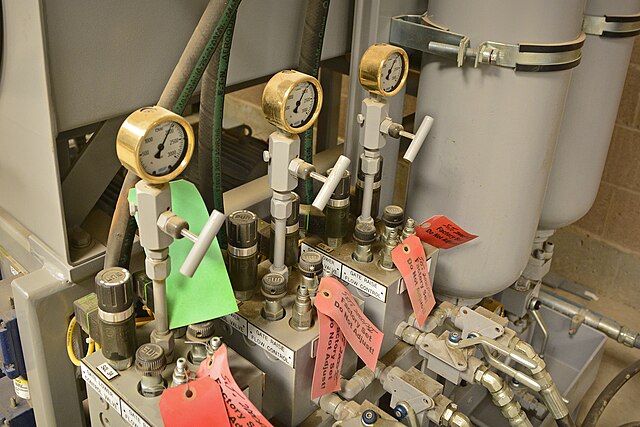
Smart water management systems are revolutionizing how cities handle water resources. These systems use sensors and data analytics to monitor water usage, detect leaks, and optimize distribution. During droughts, they ensure efficient water allocation, preventing shortages. In flood scenarios, they help manage excess water, reducing the risk of damage. They also provide real-time data to city officials, enabling proactive decision-making. Additionally, these systems can improve water quality and ensure equitable access for all residents.
Urban planners are also integrating rainwater harvesting and greywater recycling into these systems. These practices conserve water and reduce reliance on external sources, making cities more self-sufficient. Experts highlight that smart water management is crucial for adapting to unpredictable weather patterns. By investing in these technologies, cities can enhance their resilience to water-related disasters.
5. Heat-Resilient Public Spaces
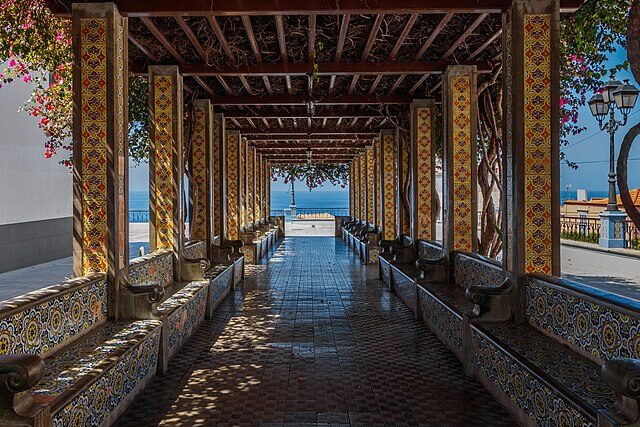
Cities are redesigning public spaces to withstand extreme heat and provide relief during heatwaves. Features like shaded walkways, cooling centers, and water fountains are becoming essential in urban areas. These spaces offer residents a refuge from high temperatures, reducing the risk of heat-related illnesses. They also encourage outdoor activities, promoting physical and mental well-being. Also, Light-colored pavements and heat-resistant coatings help keep public spaces cooler.
Urban planners are also incorporating materials that reflect sunlight and reduce surface temperatures. Experts emphasize that heat-resilient designs must prioritize accessibility and inclusivity. By creating comfortable public spaces, cities can protect vulnerable populations and improve overall quality of life. Moreover, these designs can enhance the aesthetic appeal of urban areas, making them more inviting for residents and visitors alike.
6. Coastal Protection Measures

Rising sea levels and stronger storms are prompting cities to invest in coastal protection measures. Seawalls, breakwaters, and mangrove restoration are being implemented to safeguard shorelines. These structures absorb wave energy, reducing erosion and protecting inland areas from flooding. They also create habitats for marine life, supporting biodiversity.
Urban planners are also exploring nature-based solutions like oyster reefs and salt marshes. These ecosystems provide natural barriers while enhancing biodiversity. Experts highlight that coastal protection must be integrated with long-term urban planning to ensure effectiveness. By prioritizing these measures, cities can mitigate the impacts of sea-level rise and extreme weather. Additionally, these initiatives can boost local economies by attracting tourists and supporting fisheries.
7. Disaster-Resilient Transportation Networks
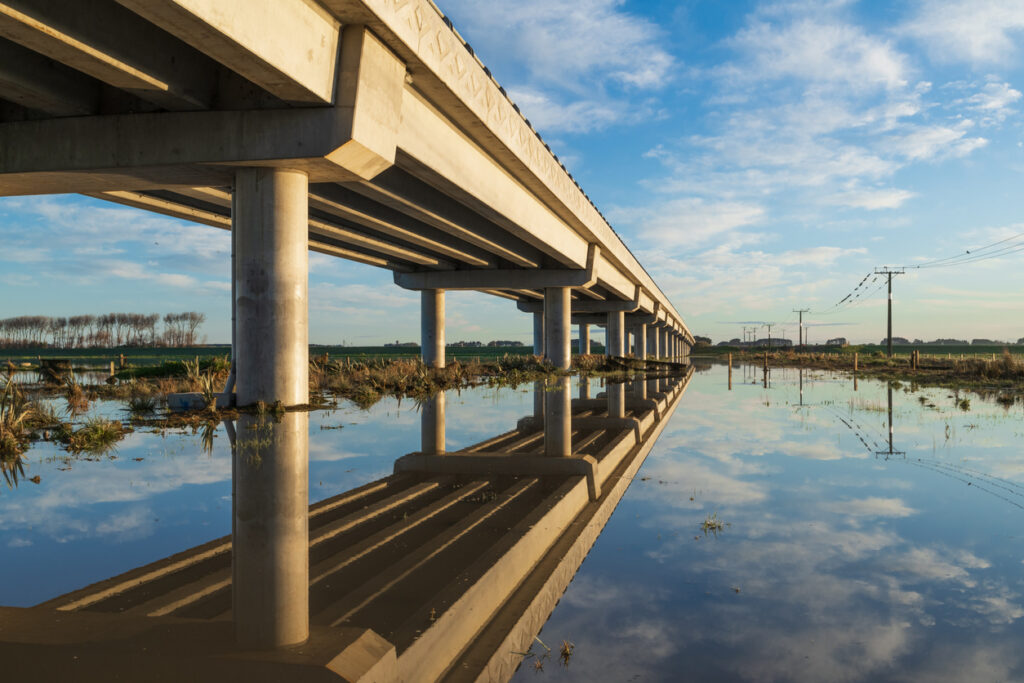
Cities are redesigning transportation networks to remain functional during natural disasters. Elevated roads, flood-resistant bridges, and emergency evacuation routes are now key components of urban planning. These features ensure that residents can move safely during emergencies, reducing the risk of casualties. They also improve daily mobility, enhancing the overall efficiency of urban transportation. Solar-powered streetlights and electric public transit reduce reliance on fossil fuels and enhance sustainability.
Urban planners are also incorporating renewable energy sources into transportation systems. Experts emphasize that disaster-resilient transportation must prioritize accessibility and efficiency. By investing in these designs, cities can improve mobility and safety during crises. Furthermore, these upgrades can reduce traffic congestion and air pollution, contributing to a healthier urban environment.
8. Community-Based Disaster Preparedness
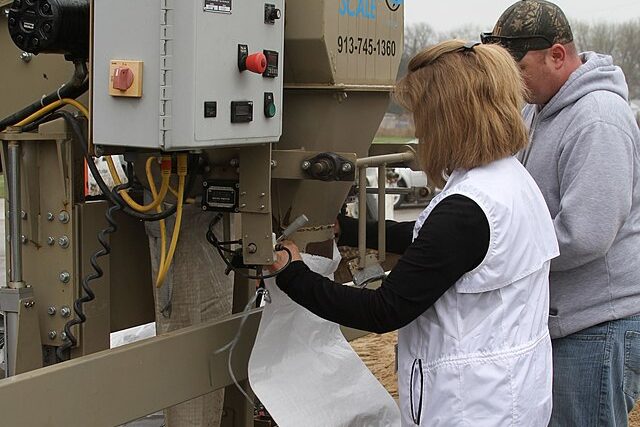
Cities are empowering communities to take an active role in disaster preparedness. Programs like neighborhood response teams and emergency training workshops are becoming widespread. These initiatives ensure that residents are equipped to handle emergencies, reducing the burden on first responders. They also foster a sense of unity and cooperation among community members.
Urban planners are also creating community hubs that serve as gathering points during disasters. These spaces provide resources, information, and support to affected residents. Experts highlight that community-based approaches foster resilience and strengthen social bonds. By involving residents in disaster planning, cities can build more cohesive and prepared communities. Additionally, these efforts can improve trust between local governments and residents, enhancing overall civic engagement.
9. Resilient Power Grids

Cities are upgrading power grids to withstand extreme weather and ensure uninterrupted electricity supply. Features like underground cables, microgrids, and renewable energy sources are now integral to urban infrastructure. These technologies reduce the risk of power outages during storms, heatwaves, and other disasters. They also support the transition to cleaner energy, reducing environmental impact. Furthermore, these improvements can lower energy costs for residents and businesses, boosting economic resilience.
Urban planners are also incorporating energy storage systems to store excess power for emergencies. These systems ensure that critical facilities like hospitals and shelters remain operational during crises. Experts emphasize that resilient power grids must prioritize sustainability and reliability. By investing in these upgrades, cities can enhance their ability to cope with climate-related challenges.
10. Urban Agriculture and Food Security

Cities are promoting urban agriculture to enhance food security and reduce reliance on external supply chains. Community gardens, rooftop farms, and vertical farming systems are becoming common in urban areas. These initiatives provide fresh produce to residents, even during disruptions caused by natural disasters. They also promote healthy eating habits and reduce food transportation emissions. Additionally, these efforts can create jobs and foster community engagement, making cities more vibrant and self-sufficient.
Urban planners are also integrating food storage and distribution systems into urban design. These systems ensure that food remains accessible during emergencies, reducing the risk of shortages. Experts highlight that urban agriculture fosters resilience and strengthens local economies. By prioritizing food security, cities can better withstand the impacts of climate change.
11. Disaster-Resilient Housing

Cities are adopting disaster-resilient housing designs to protect residents from extreme weather. Features like reinforced structures, storm-resistant windows, and elevated foundations are now standard in new constructions. These measures reduce damage during hurricanes, floods, and earthquakes, ensuring the safety of occupants. They also provide peace of mind to residents, knowing their homes are built to withstand disasters.
Urban planners are also retrofitting older homes with disaster-resistant features. This approach ensures that existing housing stock can withstand climate-related challenges. Experts emphasize that disaster-resilient housing must prioritize affordability and accessibility. By investing in these designs, cities can create safer and more sustainable living environments. Moreover, these upgrades can increase property values and attract new residents, contributing to urban growth.
12. Climate-Adaptive Land Use Planning
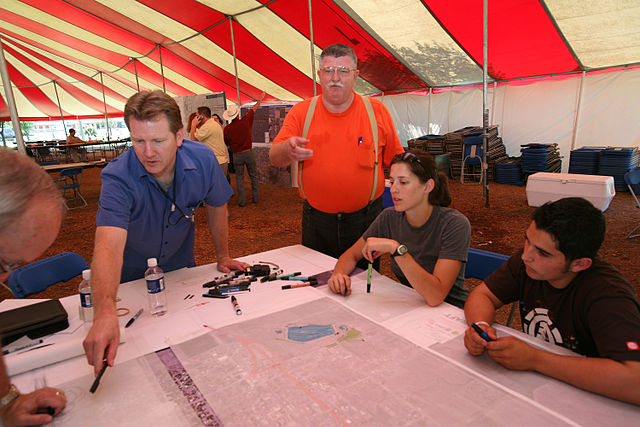
Cities are rethinking land use planning to adapt to a changing climate. Zoning regulations now prioritize low-risk areas for development, reducing exposure to hazards like floods and wildfires. Urban planners are also preserving green spaces and wetlands to enhance natural resilience. These measures ensure that cities can grow sustainably while minimizing environmental impact. Additionally, these efforts can improve the quality of life for residents by creating healthier and more livable urban environments.
Experts highlight that climate-adaptive planning must balance development with environmental protection. By integrating these principles into urban design, cities can reduce vulnerability to natural disasters. This approach ensures that growth is sustainable and aligned with long-term climate goals. Furthermore, climate-adaptive planning can also improve public health and quality of life by incorporating green spaces, reducing air pollution, and enhancing community resilience.
13. Public Awareness and Education Campaigns
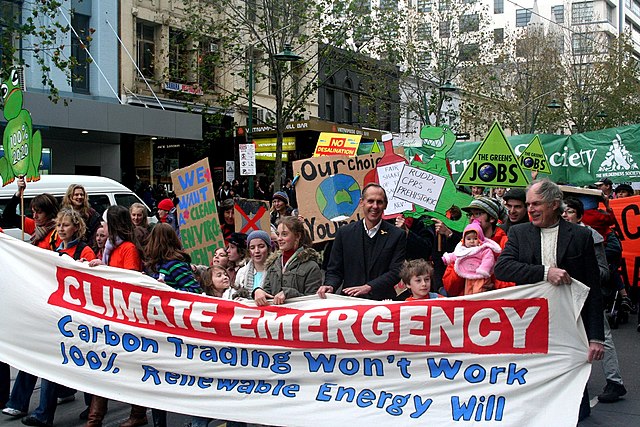
Cities are launching public awareness and education campaigns to prepare residents for natural disasters. These initiatives provide information on emergency procedures, evacuation routes, and disaster kits. By equipping residents with knowledge, cities can reduce panic and improve response times during crises. They also empower individuals to take proactive steps to protect themselves and their families.
Urban planners are also collaborating with schools and community organizations to promote disaster preparedness. These partnerships ensure that all age groups are informed and ready to act. Experts emphasize that public awareness is a cornerstone of urban resilience. By prioritizing education, cities can build a culture of preparedness and safety. Furthermore, these campaigns can strengthen community bonds and foster a sense of shared responsibility for disaster readiness.


